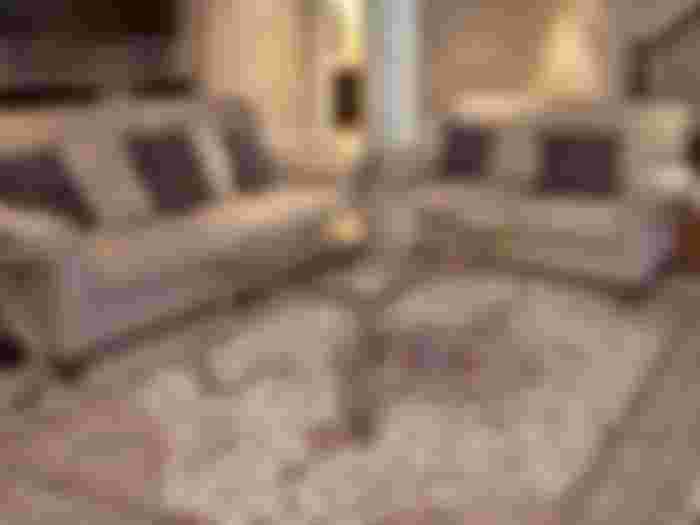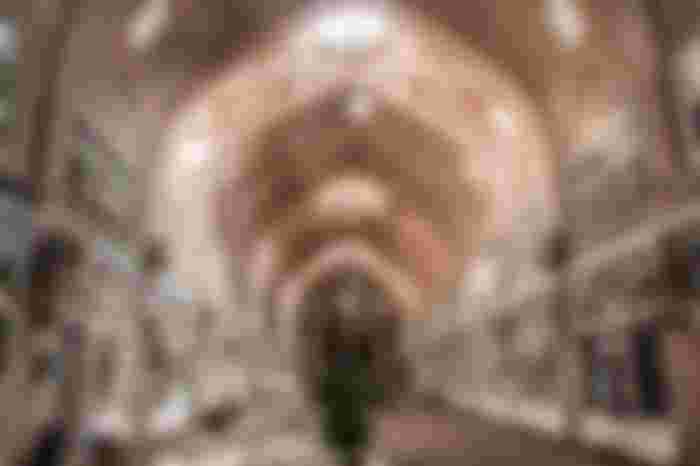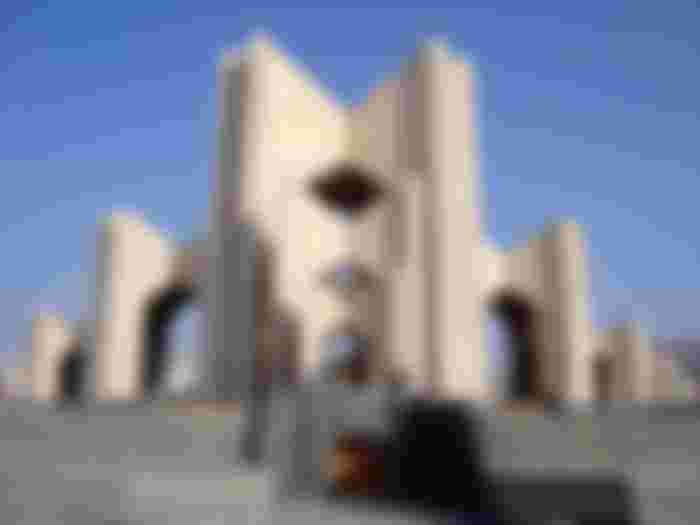East Azerbaijan Province, Iran. The city of Tabriz, surrounded by the Aynali Mountains, is one of the most historic and ancient cities in Iran. At 1,350 feet above sea level, the city is located in the valley adjacent to the Kuru River.

The valley meets a plain that gently descends to the east shore of Lake Urmia.

Today the Che River flows right through the middle of the city. The city of Tabriz is the capital of the province of North Azerbaijan in Iran. Tabriz can be introduced in many ways. It was the capital of the ancient Persian Empire. The current provincial capital of Iran. The fifth largest city in Iran. It is the fourth most populous city in Iran after Tehran, Mashhad and Isfahan. However, the world knows Tabriz as a city of tradition. Numerous relics of ancient history and tradition are scattered all over Tabriz. In this article, a brief history of Tabriz, historical installations and various traditions will be introduced.
Humid continental climate can be observed in Tabriz. It is very hot in summer in Tabriz and severe winter is felt in winter. It snows regularly. Tabriz is also known as 'Summer Resort' due to the hot weather.
Tabriz in history
The existence of Tabriz is found in history thousands of years before the birth of Christ. Archaeological excavations have uncovered a tomb dating to the first millennium along the world-famous Blue Mosque in Tabriz. An epigraph of the reign of the Assyrian king Sargon II in 714 AD also mentions Tabriz. David Roll, a scholar of ancient Egyptian scripture, claims that the legendary 'Garden of Eden' was somewhere near Tabriz. Archaeologist Eric H. Klein has denied the allegations.
It was also the capital of several rulers in the early history of Tabriz. It is thought, however, that the foundation stone of the present Tabriz was laid in the third or fourth century AD, or in the seventh century AD, during the reign of the Sassanid emperors. After the Muslims conquered Tabriz, the 'Azad' tribe of Yemen started living here. It was rebuilt and beautified by Tabriz in 791 AD after being damaged by a devastating earthquake. After the Mongol invasion of Persia, it came under their control and became the capital of the Mongol rulers. Western explorers who traveled east in the thirteenth century were fascinated by the abundance of Tabriz's wealth, the architecture of large buildings, and the beauty of famous educational institutions. Marco Polo's footprints also fell on Tabriz. He visited Tabriz in 1275 while traveling on the Silk Road. About this city, he said, "It is a big city surrounded by beautiful and charming gardens."
During the reign of Kara Konlu from 1375 to 1468 AD, Tabriz was the capital of the Kara Konlu Kingdom of Azerbaijan. Then Tabriz went to the Shafbids. Then the Ottoman sultans also ruled Tabriz for some time. Then again the Persian army restored Tabriz. During the reign of the Qajar dynasty, the residence of their Crown Prince was in the city of Tabriz. Tabriz was the center of Iran's constitutional revolution due to its geographical location and easy access to the West. Since then, Tabriz has witnessed many revolutions and political upheavals in Iran. Tabriz University has played an active role in political movements.
The city of art is Tabriz
Tabriz is an important economic center of Iran. Since the beginning of the modern era, it has played an important role in the economies of the Caucasus, Eastern Anatolia and Central Iran. The economy of Tabriz is based on industry and tourism. Tabriz is a hub for heavy industries such as automobiles, various machinery, refineries, petrochemicals and textiles. But it is especially famous for its handicrafts.

Hand-woven blankets and jewelry paradise Tabriz. Tabriz is also famous for its carpets. In October 2015, the World Craft Council declared it a 'World Carpet Weaving City'.
Language and culture
Most of the population of Tabriz is Azerbaijani. So Azeri language is most prevalent here. Residents use Persian as their second major language. The great dominance of Azeri culture can be noticed in Tabriz. There is a lot of food here of its own. These sweets and hand-made dishes are part of the tradition of this place.
City of tradition
There are various historical architectures throughout Tabriz as evidence of the reversal of Iran's long history. Most architectures have been destroyed by natural disasters and wars, such as earthquakes. Only the architectures of the Mongol, Shafbi and Qazar dynasties survive. Now there is a brief description of the historical landmarks of Tabriz.
Tabriz Bazaar
Tabriz's historical market is world famous. This traditional market is one of the largest in the Middle East.

It was an important commercial center of the famous Silk Road. The market building has been constructed under the patterned arched roof. The shops in the market are interconnected. Carpets, spices, food - what's not here!

The market became prosperous and famous during the Shafabi rule in the thirteenth century. In 2010, UNESCO declared this lovely market a 'World Heritage Site'.
Blue Mosque
The aesthetically pleasing blue mosaic of intricate blue mosaics was created during the reign of ruler Jahan Shah in 1465. At that time it was world famous architecture.

Unfortunately it was destroyed in a terrible earthquake in 1773. Then slowly the reconstruction of the mosque was completed. It took 25 years to complete the beautiful blue carvings and intricate calligraphy of the mosque. The mosque is also famous for its beautiful brick carvings and gigantic shapes. Tourists from all over the world flock to see this magnificent architecture.
Museum of Azerbaijan
The Museum of Azerbaijan is one of the best museums in Iran. The museum is divided into three parts. After passing the entrance, you will find the Archaeological Department. This section presents a complete picture of Azerbaijan from the fifth century to the Sassanid period. The second floor houses 19th-century Iranian coins, carpets, glassware, candlesticks, etc. from the Akemenid period. In the basement is a restaurant and a bronze statue of artist Ahad Hesaini. There are also numerous paintings.
El Gully Park
El Galli Park is also known as 'Shah Galli'. The park is centered on an artificial lake called 'El Galli'.
It is believed that the lake was dug to facilitate irrigation in agriculture. Although it was built during the reign of the Kara Kunlu kings, the lake expanded during the reign of the Shafabis. After the Iranian Revolution in 1979, the name 'Shah' was removed from everything in Iran. Since then it has been known as El Galli.

The beauty of the lake can be enjoyed by walking along the lovely road that runs along the side of El Galli Lake.
There are hills around the lake. The waterfall coming down from the hill enhances the beauty of the lake. There is a beautiful building in the middle of the lake.
Poet Memorial
This beautiful architecture is basically the graveyard of ancient and modern poets of Iran.

It was built especially in the memory of the poet Ustad Shahriar. Apart from poets, there are graves of many other famous people in this modern architecture. Tourists are always fascinated by its wonderful architectural style.
Tarbiat Street
It is one of the oldest roads in Iran. It is basically a sidewalk that connects Tabriz Bazaar to the municipal building.

Why is a sidewalk so majestic? Because Tarbiat Street was part of the historic Silk Road.
History, architecture and heritage have made the entire city of Tabriz one of the best tourist attractions in Iran and the Muslim world. OIC has declared Tabriz as the 'Exemplary tourism city' of 2018.
Thanks for reading this article for so long.









In the heart of a city steeped in history and tradition, cobblestone streets whisper tales of the past. Each building tells a story, from ancient cathedrals to charming marketplaces that have withstood the test of time. Shoppers often leave delighted, sharing their experiences through RugsUSA reviews highlighting the quality and artistry of these textiles. This city, a blend of the old and new, continues to thrive through its traditions. The vibrant culture is celebrated through festivals, art, and cuisine, drawing visitors eager to experience its rich heritage. Among the unique shops, a local gem stands out: a store showcasing exquisite handcrafted rugs.